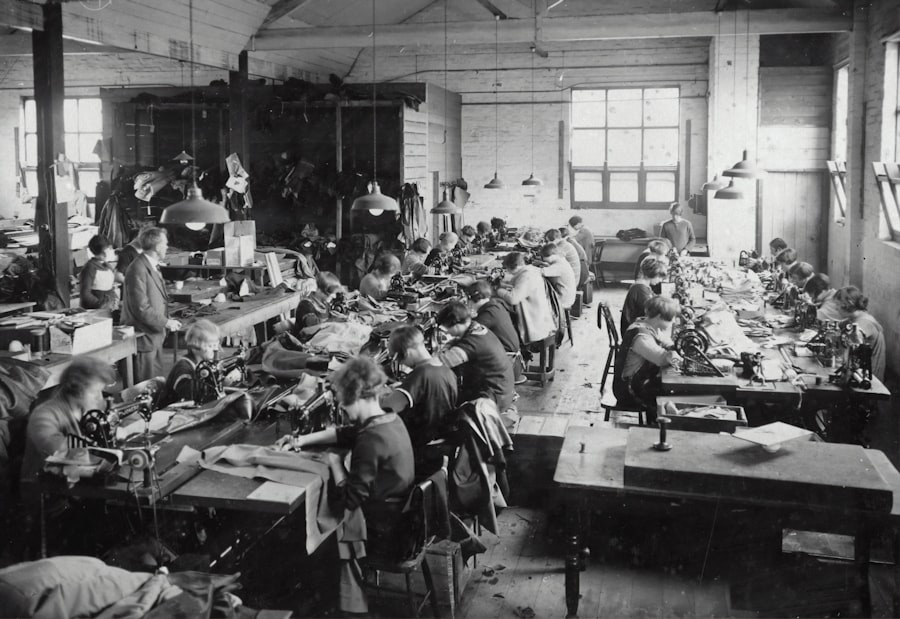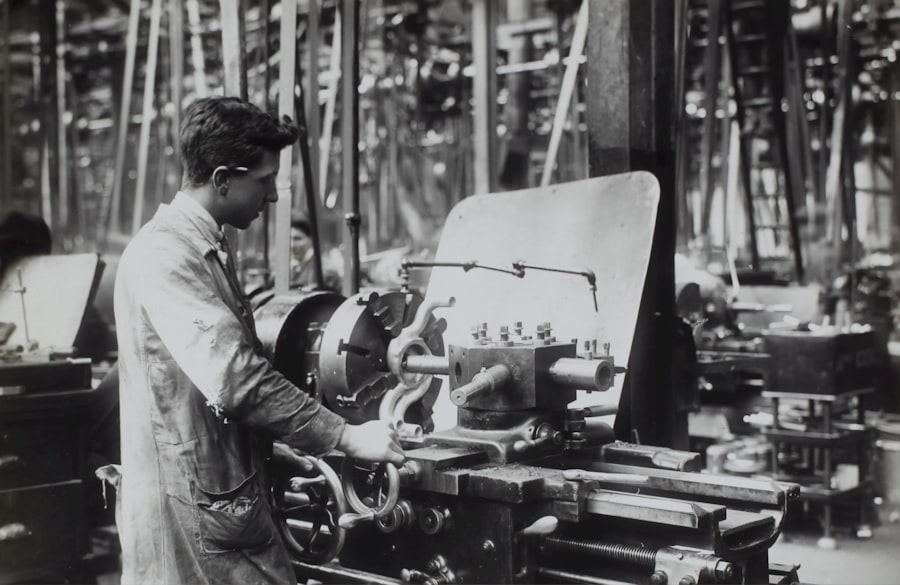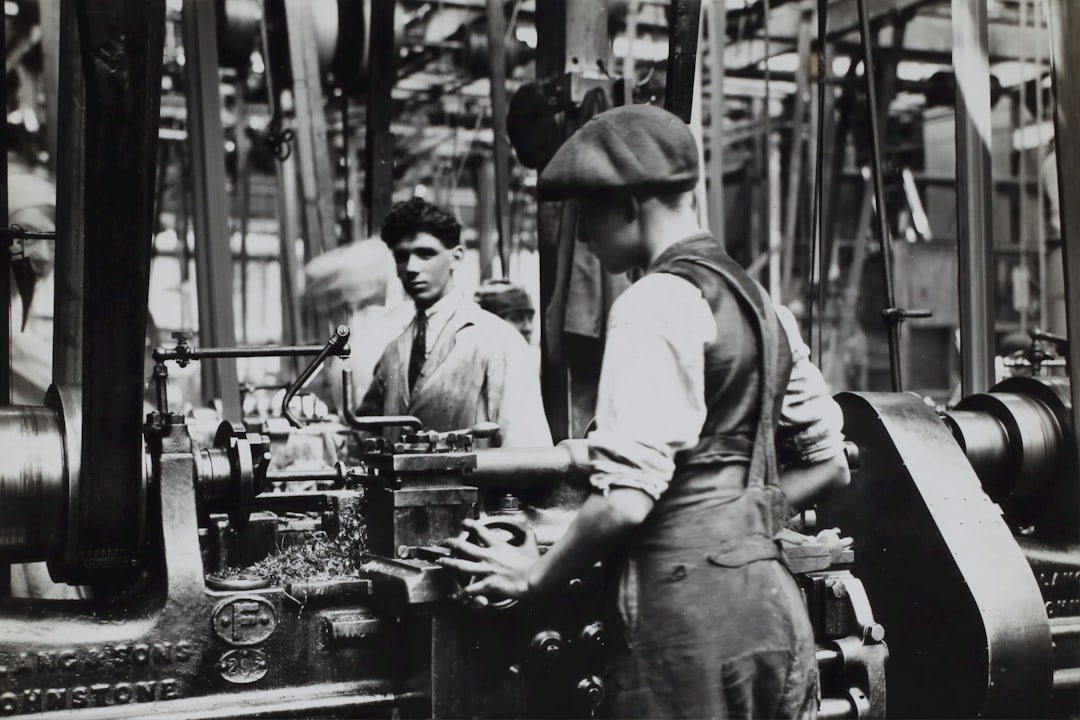The 18th century, often referred to as the Age of Enlightenment, was a period marked by profound transformations across various domains, including philosophy, politics, science, and culture. This century witnessed the emergence of new ideas that challenged traditional authority and promoted individualism, reason, and empirical evidence. The Enlightenment thinkers, such as John Locke, Voltaire, and Jean-Jacques Rousseau, laid the intellectual groundwork for modern democratic thought and human rights.
Their writings inspired revolutions and reform movements that would reshape nations and societies in the years to come. In addition to intellectual advancements, the 18th century was characterized by significant economic and social changes. The rise of mercantilism and early capitalism began to alter the landscape of trade and industry.
As European powers expanded their colonial empires, they sought new markets and resources, leading to increased competition and innovation. This period also saw the beginnings of the Industrial Revolution, which would fundamentally change the way goods were produced and consumed. The interplay of these developments created a dynamic environment that set the stage for the modern world.
Key Takeaways
- The 18th century was a period of significant change and transformation, marked by the rise of Enlightenment ideas and the beginning of the Industrial Revolution.
- Economic changes in the 18th century included the growth of capitalism, the expansion of trade and commerce, and the development of new industries such as textiles and iron production.
- Social changes in the 18th century saw the emergence of a middle class, the spread of education and literacy, and the rise of new social and political movements.
- The Industrial Revolution had a profound impact on society, leading to urbanization, the growth of factory-based production, and the transformation of traditional ways of life.
- The effects of urbanization included the rise of cities, the migration of people from rural areas to urban centers, and the development of new social and economic structures.
Economic Changes in the 18th Century
The economic landscape of the 18th century was defined by a transition from feudal economies to more market-oriented systems. The decline of feudalism allowed for greater mobility and opportunities for trade. The growth of merchant classes in cities facilitated the rise of capitalism, as individuals began to invest in businesses and seek profits through trade.
This shift was particularly evident in countries like England and France, where mercantilist policies encouraged the accumulation of wealth through colonial expansion and trade monopolies. The agricultural sector also underwent significant changes during this time. The Agricultural Revolution introduced new farming techniques and crop rotations that increased productivity.
Innovations such as Jethro Tull’s seed drill allowed for more efficient planting, while selective breeding improved livestock quality. These advancements not only boosted food production but also contributed to population growth, which in turn fueled demand for goods and services. As rural populations began to migrate toward urban centers in search of work, the economic fabric of society began to shift dramatically.
Social Changes in the 18th Century

Social structures in the 18th century were deeply influenced by Enlightenment ideals that emphasized reason and equality. The rigid hierarchies of the past began to erode as new social classes emerged. The bourgeoisie, or middle class, gained prominence as merchants, industrialists, and professionals sought to assert their influence in society.
Moreover, the 18th century saw a growing awareness of social issues such as poverty, education, and women’s rights. Enlightenment thinkers advocated for social reforms that addressed these concerns.
Figures like Mary Wollstonecraft argued for women’s education and rights, laying the groundwork for future feminist movements.
These social changes reflected a broader shift toward valuing individual rights and promoting social justice.
Impact of Industrial Revolution
The Industrial Revolution, which began in the late 18th century, marked a watershed moment in human history. It fundamentally altered production methods, transitioning from handcrafting to machine-based manufacturing. This transformation was driven by technological innovations such as the steam engine, spinning jenny, and power loom, which significantly increased efficiency and output.
Factories emerged as centers of production, drawing workers from rural areas into urban environments. The impact of the Industrial Revolution extended beyond mere economic changes; it reshaped societal norms and lifestyles. The rise of factory work led to a redefinition of labor, with long hours and often harsh conditions becoming commonplace.
Workers faced exploitation as industrialists prioritized profit over welfare. However, this period also sparked movements advocating for labor rights and better working conditions, laying the foundation for modern labor laws. The Industrial Revolution thus served as both a catalyst for progress and a source of social strife.
Effects on Urbanization
As industries flourished during the 18th century, urbanization accelerated at an unprecedented rate. Cities expanded rapidly as people flocked from rural areas in search of employment opportunities in factories. This migration led to significant demographic shifts; cities like Manchester and Birmingham in England transformed into bustling industrial hubs almost overnight.
The influx of workers created a vibrant yet challenging urban environment characterized by overcrowding, inadequate housing, and poor sanitation. The rapid urbanization also had profound cultural implications. As diverse populations converged in cities, new social dynamics emerged.
Urban centers became melting pots of ideas, cultures, and innovations. The exchange of knowledge and experiences fostered creativity in art, literature, and science. However, this urban growth also brought about social challenges such as crime, poverty, and public health crises.
The stark contrast between wealth generated by industrialists and the struggles faced by laborers highlighted the inequalities that persisted within rapidly changing societies.
Conclusion and Legacy

The 18th century laid the groundwork for many aspects of modern life that we take for granted today. The intellectual currents of the Enlightenment inspired revolutions that reshaped political landscapes across Europe and America. Economic transformations initiated during this period set the stage for capitalism’s dominance in global markets.
Social changes fostered a growing awareness of rights and justice that would continue to evolve into the 19th century and beyond. The legacy of the 18th century is evident in contemporary discussions about democracy, human rights, and social equity. The challenges faced during this transformative period resonate with ongoing debates about economic inequality and labor rights today.
As we reflect on this pivotal century, it becomes clear that its influence extends far beyond its temporal boundaries; it continues to shape our understanding of progress, justice, and human potential in an ever-evolving world.
In exploring the economic and social changes of the 18th century, it is important to consider the interplay of moral rights, duties, and virtue in social ethics. This article on moral rights, duties, and virtue in social ethics delves into the complexities of ethical decision-making and how it shapes societal norms. Understanding these core theories of ethics can provide valuable insights into the motivations behind economic and social transformations during this period.
FAQs
What were the major economic changes in the 18th century?
During the 18th century, there were significant economic changes such as the rise of industrialization, the growth of international trade, the development of capitalism, and the expansion of colonial empires.
How did social structures change in the 18th century?
In the 18th century, there were changes in social structures as a result of urbanization, the growth of the middle class, and the emergence of new social classes. The Enlightenment also led to new ideas about individual rights and freedoms.
What impact did the 18th century have on global trade?
The 18th century saw a significant increase in global trade due to the expansion of colonial empires, the development of new trade routes, and the growth of international markets. This period also saw the rise of mercantilism and the establishment of trading companies.
How did the 18th century contribute to the development of capitalism?
The 18th century played a crucial role in the development of capitalism through the growth of industrialization, the expansion of markets, and the rise of wage labor. This period also saw the emergence of new economic theories and the promotion of free trade.
What were the major social and economic impacts of the 18th century on society?
The 18th century had major social and economic impacts on society, including the transformation of traditional economies, the growth of urban centers, the rise of consumer culture, and the spread of new ideas about individual rights and freedoms.






















+ There are no comments
Add yours